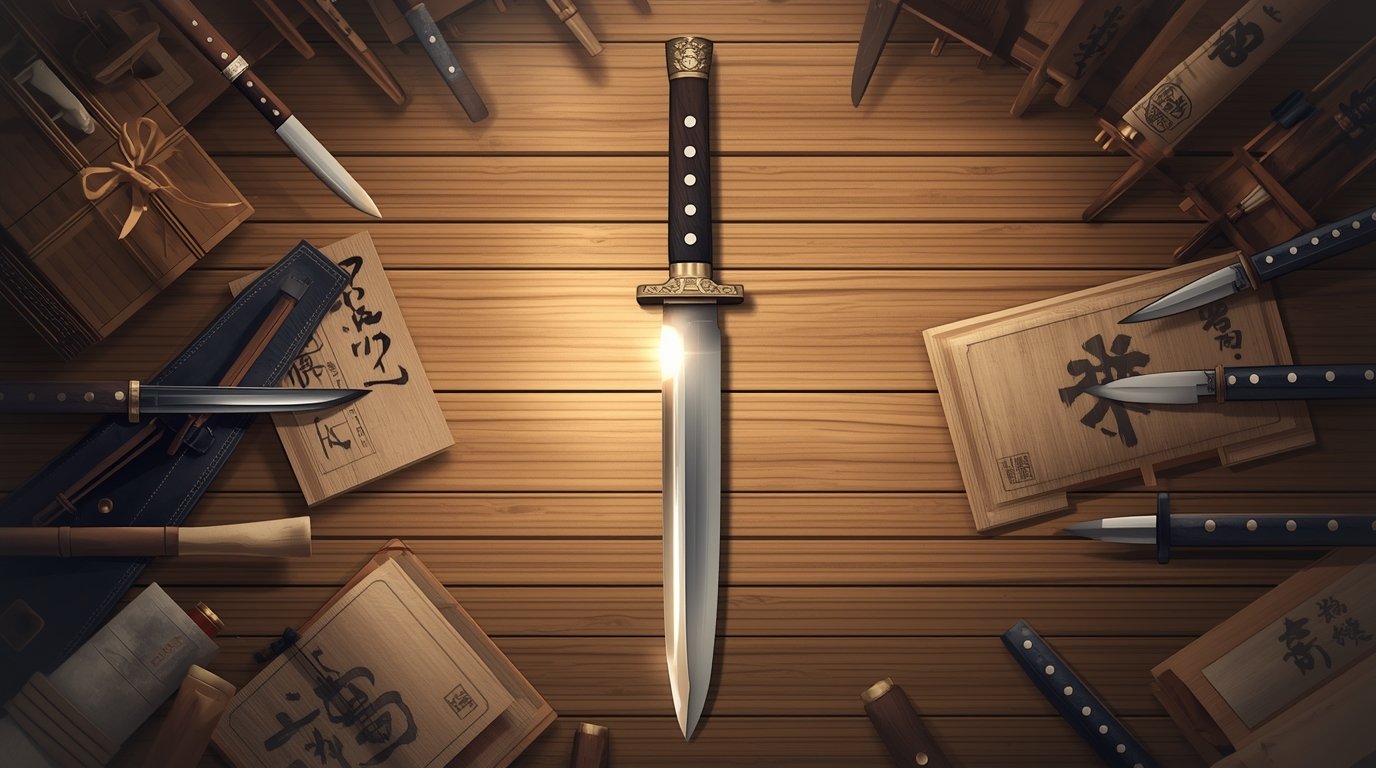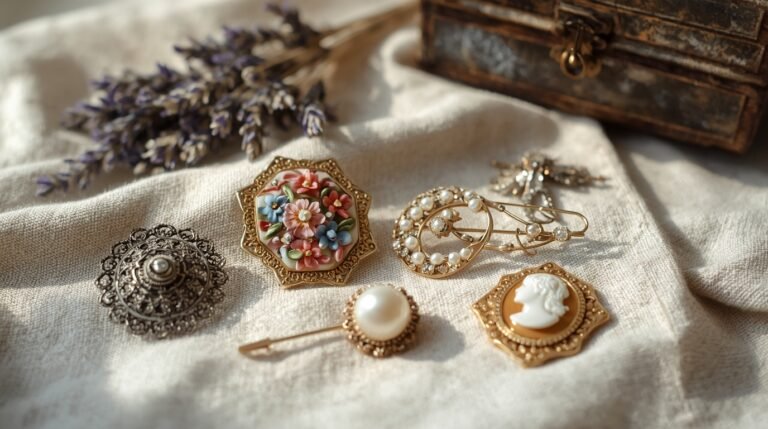Aikido Knives: A Complete Guide to Types, Uses, and Training Tips
Aikido, a Japanese martial art rooted in self-defense and harmony, is known for its graceful yet powerful techniques. Although it primarily focuses on empty-hand movements, weapons training plays an essential role in developing awareness, distance, and timing. Among the key weapons used in Aikido, the Aikido knife, or Tanto, stands out as a crucial training tool.
In this comprehensive guide, you’ll explore everything about Aikido knives from their history and purpose to types, training methods, and tips for choosing the right one.
📖 What is an Aikido Knife?
An Aikido knife, typically called a tanto, is a short-bladed training weapon. It simulates a real knife in practice while remaining safe and non-lethal. Most importantly, Aikido knives are designed for safe, controlled practice, not real combat.
These training knives usually come in wood, rubber, or dull metal. They allow students to rehearse knife disarms and counters without the risk of injury. Instead of focusing on aggression, the use of a tanto helps Aikido practitioners master:
-
Proper distance (maai)
-
Smooth timing
-
Centered posture
-
Redirection of force
-
Calmness under pressure
As a result, knife training builds both physical and mental discipline — essential traits in martial arts.
🏯 The Historical Roots of the Tanto in Aikido
The tanto (短刀) has deep roots in Japanese culture. Originally, it was a real weapon carried by samurai, often used in close-quarter combat. Samurai wore it alongside longer swords like the katana.
Over time, martial artists adapted the tanto into a training tool, especially within Aikido. Rather than focusing on attack, Aikido uses the tanto to simulate realistic threats in a safe environment. This approach aligns perfectly with Aikido’s philosophy of harmony and non-violence.
Therefore, training with a tanto is not just physical; it’s also a way to explore calmness, timing, and peaceful conflict resolution.
🧱 Types of Aikido Knives
Several kinds of Aikido knives are available, and each serves a specific purpose. The best choice depends on your experience level and the type of training you’re doing.
1. Wooden Tanto
-
Material: Red or white oak
-
Use: General dojo training, kata, partner drills
-
Advantages:
-
Lightweight and safe
-
Traditional and durable
-
Ideal for beginners
-
-
Disadvantages:
-
Can bruise on contact
-
May splinter over time
-
Tip: Wooden tantos offer a great balance of realism and safety, especially for new practitioners.
2. Rubber or Polyurethane Tanto
-
Material: Soft, flexible rubber
-
Use: Sparring and close-range training
-
Advantages:
-
Very safe
-
Suitable for high-speed drills
-
-
Disadvantages:
-
Less durable
-
Doesn’t mimic real knife weight
-
This type is especially helpful during high-intensity drills where contact is frequent.
3. Aluminum or Metal Tanto
-
Material: Dull aluminum or stainless steel
-
Use: Demonstrations and advanced practice
-
Advantages:
-
Realistic weight and balance
-
Professional feel
-
-
Disadvantages:
-
Heavier
-
Riskier if used improperly
-
Note: Only experienced practitioners should use metal tantos, and even then, with caution.
4. Decorative Tanto
-
Use: Display or ceremonial purposes only
-
Warning: Not suitable for training
Although they may look beautiful, decorative knives are not made for practice and can pose a safety risk if misused.
🥷 Why Knife Training Matters in Aikido
While Aikido emphasizes unarmed defense, knife training adds depth and realism to the practice. In fact, it teaches students to deal with actual threats, both mentally and physically.
Here’s why it matters:
✅ 1. Realistic Attack Simulation
Unlike empty-hand drills, knife attacks feel urgent and dangerous. This raises awareness and forces practitioners to react under pressure — a crucial skill for real-world situations.
✅ 2. Better Distance Control
A blade demands precise spacing. Training with a knife sharpens your understanding of how close you can safely be without getting cut.
✅ 3. Enhanced Movement and Technique
Knife work requires smooth redirection and body control. Therefore, it reinforces the circular, flowing techniques that define Aikido.
✅ 4. Practical Self-Defense
Many Aikido knife defenses can translate to real-life self-defense, especially against armed attackers.
Ultimately, knife training in Aikido enhances your timing, focus, and ability to remain composed in high-stress moments.
🧪 How Knives Are Used in Aikido Training
Knife drills in Aikido are usually introduced through Tanto Dori, which means “knife-taking techniques.” These include:
-
Kata practice: Pre-set forms with knife attacks and responses
-
Partner drills: One person attacks with a tanto; the other defends
-
Disarming techniques: Learning how to control and neutralize the weapon
-
Randori (free practice): Unscripted scenarios where attackers may be armed
At first, students train slowly and under supervision. As they improve, they can gradually increase speed and resistance.
🔄 Aikido Knives vs Other Martial Arts Knives
Not all martial arts use knives the same way. Here’s how Aikido differs:
| Feature | Aikido Knives | Other Martial Arts (e.g., Kali, Krav Maga) |
|---|---|---|
| Blade Type | Wooden, rubber, or dull metal | Often sharp or replica steel |
| Focus | Control and disarmament | Offensive and defensive strikes |
| Philosophy | Peaceful resolution | Tactical or survival-focused |
| Movement Style | Circular, blending | Linear, aggressive |
| Training Speed | Gradual, safe progression | Often full-contact or fast-paced |
As a result, Aikido’s use of knives reflects its non-violent, harmonious philosophy, even when simulating dangerous situations.
🛍️ Where to Buy Aikido Knives
You can purchase Aikido knives from several reliable sources:
✅ Martial Arts Supply Stores
-
Seido Shop
-
Tozando
-
BudoSport
-
AWMA
These stores often specialize in Japanese weapons and offer dojo-approved items.
✅ Online Marketplaces
-
Amazon
-
Etsy (for handcrafted wooden tantos)
-
eBay
Always check seller reviews and product details before purchasing.
✅ Your Dojo or Instructor
Many dojos sell their own training weapons or have recommended suppliers. Ask your instructor what type of knife they prefer students to use.
🧼 How to Care for Your Training Knife
To make your Aikido knife last longer, follow these tips:
Wooden Tantos:
-
Wipe clean after each use
-
Apply linseed or mineral oil every few months
-
Store in a dry place
For Rubber Tantos:
-
Keep away from heat and direct sunlight
-
Wash with mild soap if it gets dirty
For Metal Tantos:
-
Wipe with a dry cloth after use to prevent rust
-
Avoid dropping it on hard surfaces
Proper maintenance ensures safety, durability, and a better training experience.
❓ Frequently Asked Questions
Q: Are Aikido knives dangerous?
A: When used correctly, training knives are safe. However, careless use can lead to injury, so always practice with awareness and control.
Q: Can I train with any type of knife?
A: Not really. Use only approved training knives that match your dojo’s guidelines.
Q: How long is a typical Aikido tanto?
A: Most training tantos are between 11 and 12 inches (28–30 cm) in length.
Q: Should beginners use metal knives?
A: No. Beginners should start with wooden or rubber knives to learn safely and gradually.
🧘 Final Thoughts: Mastering the Blade Without the Blood
The Aikido knife is more than a training tool it’s a lesson in awareness, respect, and discipline. By practicing with the tanto, you sharpen not only your physical skills but also your mental focus. You learn how to move with intention, remain calm under threat, and resolve conflict without aggression.
Whether you’re just beginning or looking to deepen your martial practice, adding Aikido knife training will push you toward growth both on and off the mat.


